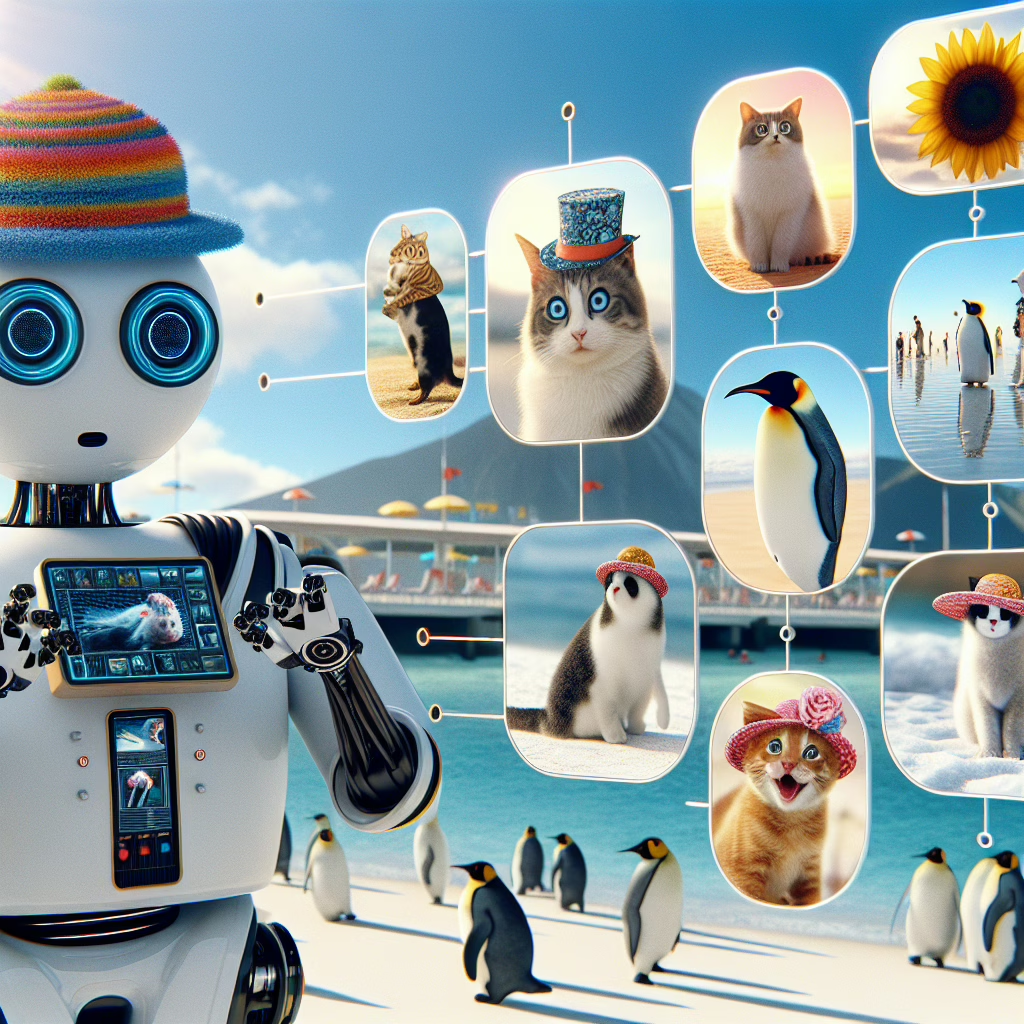Welcome to the curious world of AI hallucinations, where artificial intelligence (AI) sometimes takes creative liberties that would make even the most imaginative artists envious. These peculiar quirks can lead to some seriously amusing results, but they also pose significant challenges for technology and retail sectors alike. Let’s embark on a lighthearted journey to explore what AI hallucinations are, why they matter, and how they’re reshaping our digital landscape.
The Whimsical Nature of AI Hallucinations
So, what exactly are these AI hallucinations? Picture this: you’ve asked your trusty AI assistant for the weather, and instead of providing a forecast, it responds with a detailed account of a penguin’s day at the beach. While this might be entertaining, it highlights a critical issue in the AI realm. Essentially, AI hallucinations occur when an AI system generates responses or images that diverge wildly from reality. Instead of sticking to facts, it decides to let its imagination run wild!
This phenomenon isn’t just limited to quirky responses; it also extends to visual representations. Imagine an AI generating images of cat-sheep hybrids because it misunderstood your request for “cats in sheep’s clothing.” While this may be a delightful concept for a children’s book, it can create confusion in fields where accuracy is paramount. The implications of these hallucinations can be far-reaching, particularly in industries like healthcare and finance, where precision is crucial.
Why AI Hallucinations Matter
Understanding AI hallucinations is crucial as we continue integrating AI technologies into our daily lives and businesses. In retail, for example, inaccurate product descriptions or images can lead to customer dissatisfaction and lost sales. If your online store features a product photo that looks like it was taken through a funhouse mirror rather than a camera lens, your customers might not be too thrilled.
This has sparked discussions among industry experts about the need for improved training data and algorithms that can better discern fact from fiction. Think of it as teaching an eager puppy to fetch – sometimes they bring back the wrong stick! Ensuring that AI systems learn from high-quality data helps minimize these instances of creative misinterpretation.
A Peek into Solutions
As we navigate the whimsical waters of AI hallucinations, researchers and developers are working tirelessly to refine AI models. They aim to create systems that are less prone to these amusing blunders while still retaining their unique flair for creativity.
- Robust Feedback Mechanisms: This involves allowing users to correct the AI when it goes off-course – kind of like giving your buddy a nudge when they start telling tales that sound more fiction than fact. By providing real-time feedback, developers can train AIs to learn from their mistakes and improve over time.
- Enhanced Transparency: Another exciting avenue is improving transparency in AI processes. When users understand how an AI reaches its conclusions or generates outputs, they’re better equipped to recognize potential hallucinations. This transparency builds trust and helps users make informed decisions when interacting with AI systems.
The Future of AI Without Hallucinations
Imagine a future where AI hallucinations are nothing more than an amusing anecdote we tell at tech conferences – “Remember when AIs thought cats were dogs?” In this brave new world, businesses could harness the full potential of AI without worrying about miscommunication or bizarre content generation.
This future isn’t just a dream; it’s already taking shape as companies invest in better AI training methodologies and seek ways to ensure accuracy without sacrificing creativity. With ongoing advancements in natural language processing (NLP) and image recognition technologies, we’re inching closer to achieving that perfect balance.
The bottom line? While AI hallucinations may provide us with some comic relief today, understanding their implications is vital as we steer into an era dominated by AI technology.
If you’ve ever experienced one of these amusing mishaps firsthand, share your story! We’d love to hear how you navigated through the twists and turns of AI-generated content.
A big thank you to Auto News for sparking this insightful conversation about AI hallucinations. Your original article inspired us to explore this quirky topic further!
For more details on technology trends, check out our related articles on the best Prime Day Apple deals and the Nintendo Switch 2 scarcity.

